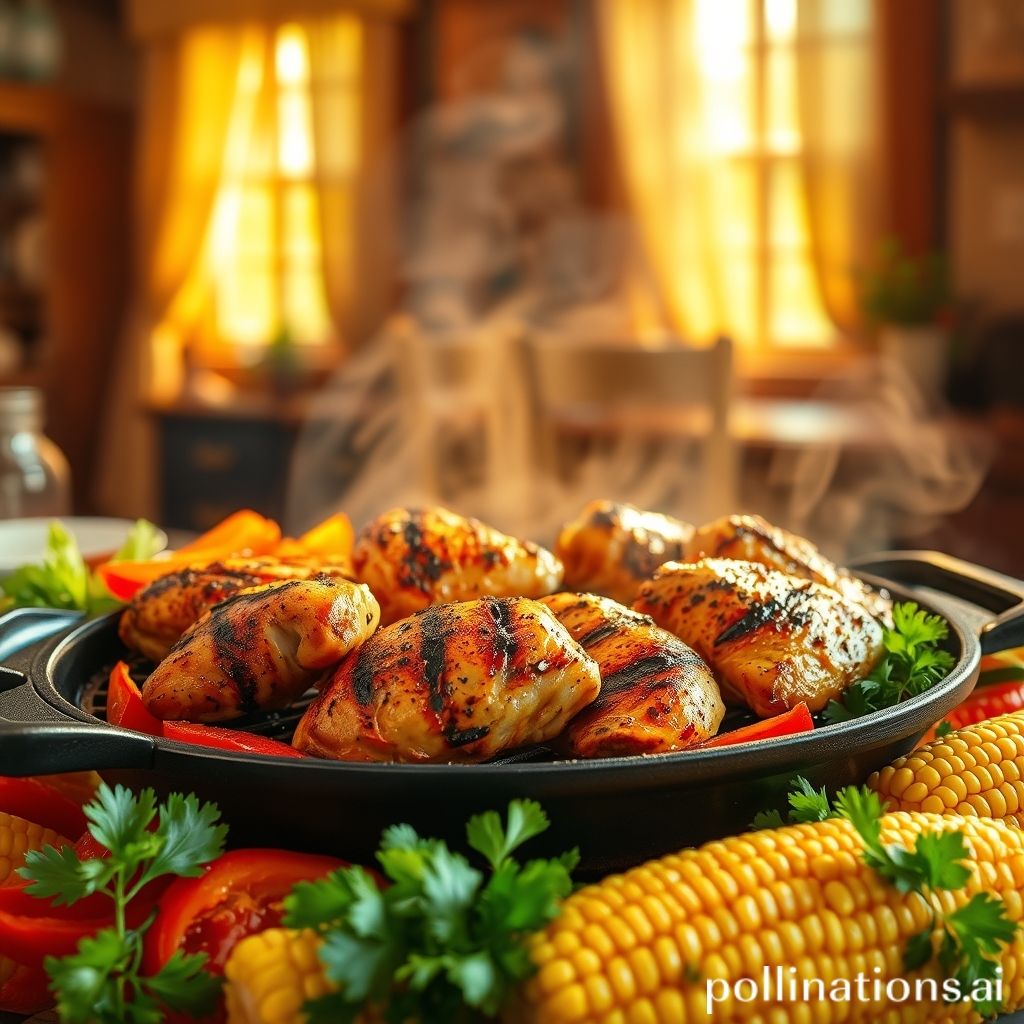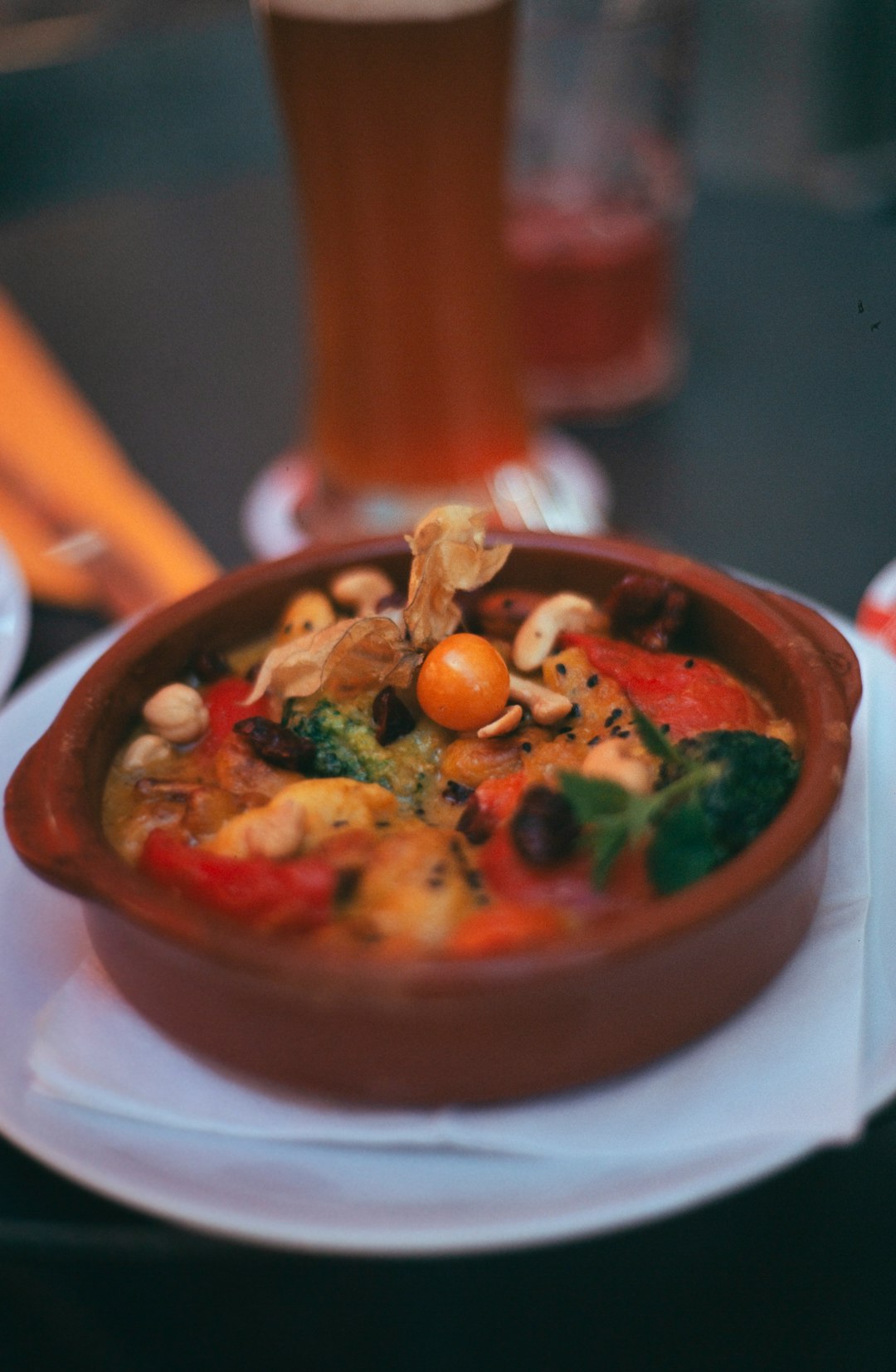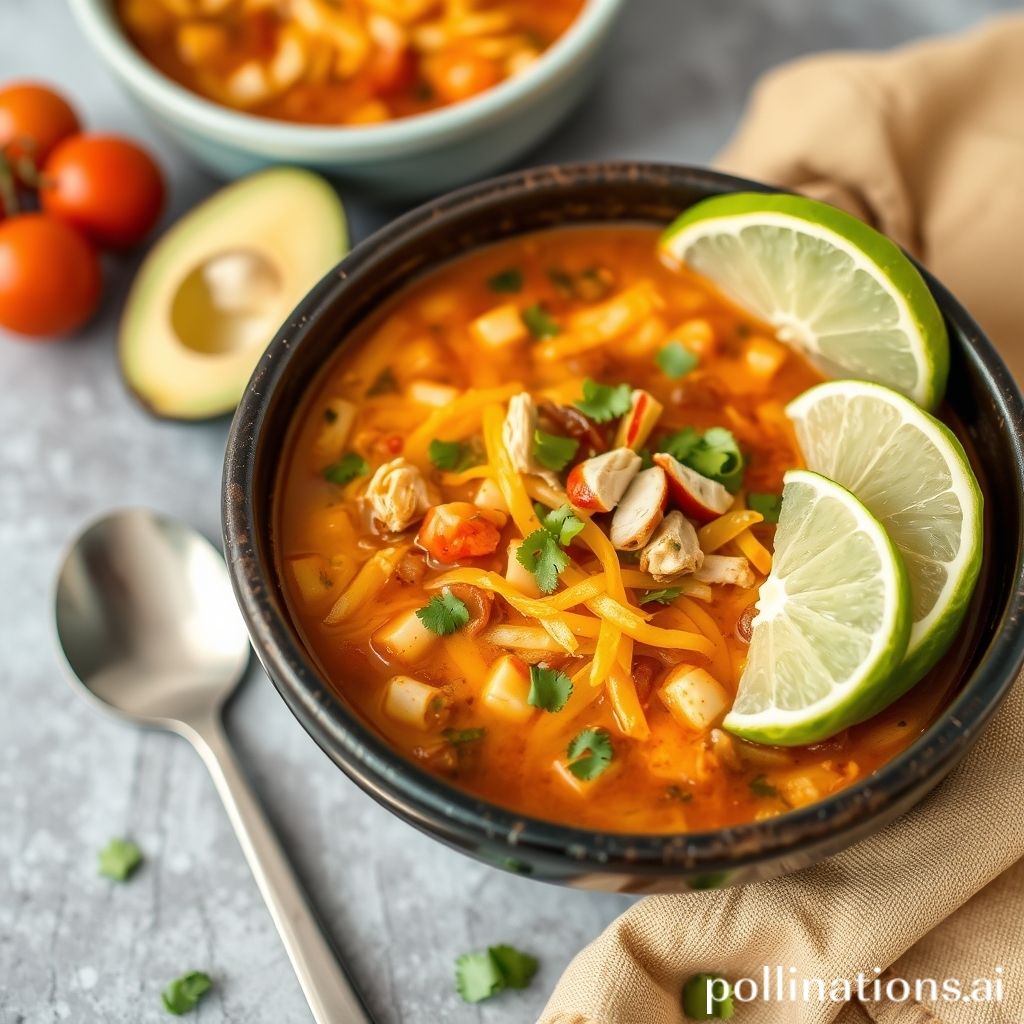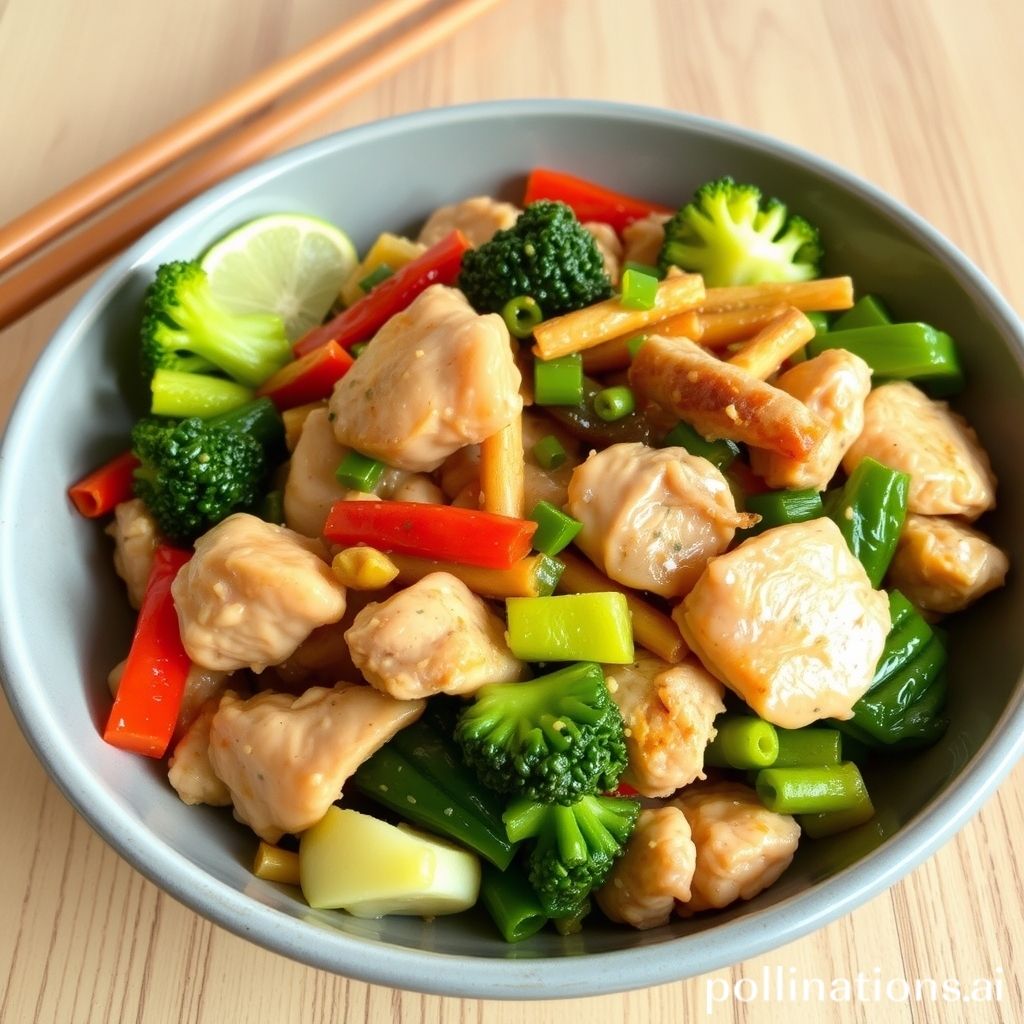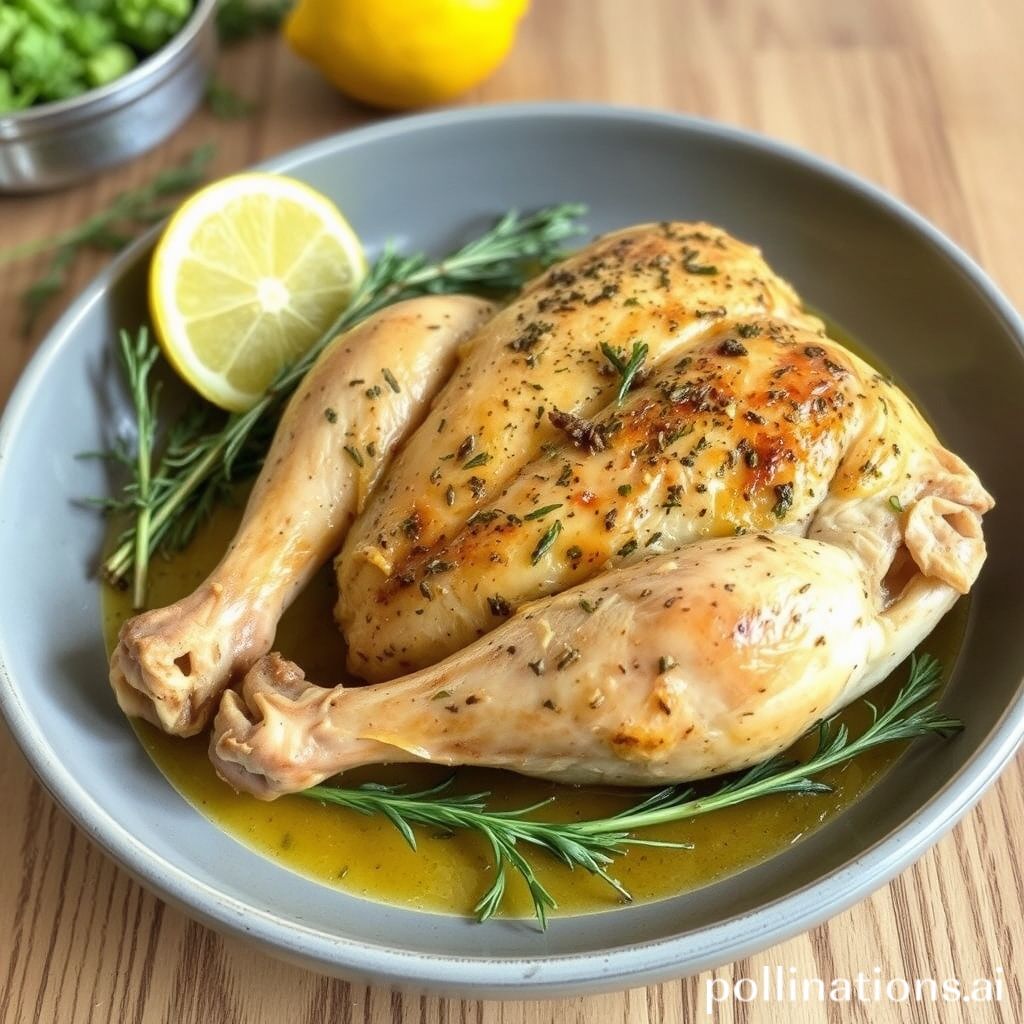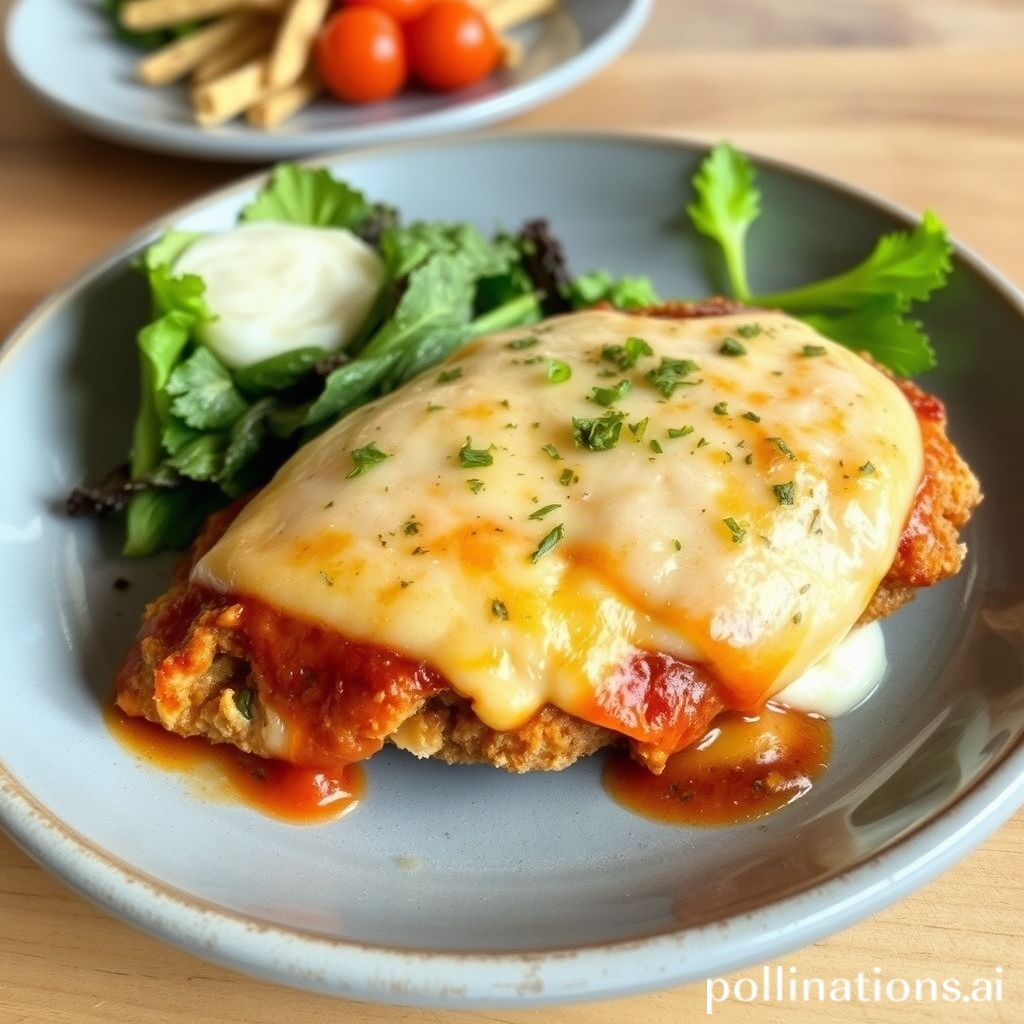Table of Contents
- Introduction
- Understanding the Cajun Cuisine: Flavor Profile and Origins
- Ingredients Needed for Cajun Grilled Chicken: Key Spices and Seasonings
- Step-by-Step Guide to Preparing the Cajun Marinade
- Tips for Perfectly Grilling Cajun Chicken
- Pairing Suggestions: Sides and Drinks to Enhance Your Meal
- Conclusion
- Frequently Asked Questions
Introduction
Fire up the grill and prepare to transport your taste buds to the heart of Louisiana with our unmistakable Cajun Grilled Chicken! This isn’t just another chicken recipe; it’s a culinary adventure bursting with the spirited flavors of the Southern bayou. Imagine the smoky sizzle as juicy chicken thighs soak up a vibrant spice blend, transforming into a savory delight that dances on your palate. Catering to the chef in you, our detailed recipe demystifies the hallmark of Cajun cuisine: its unparalleled spice and delightful zest.
Let’s spice up your grill with a perfect mélange of paprika, cayenne, garlic powder, onion powder, thyme, oregano, and a touch of brown sugar for a subtle sweetness. These flavors, when expertly combined, create an aromatic experience that’s nothing short of magical. Whether you’re a seasoned grill master or just starting your outdoor cooking journey, our easy-to-follow guide ensures you will master the art of Cajun grilled perfection. So, gather your ingredients, harness the excitement of Southern cooking, and get ready to captivate your family and friends with a hearty meal that promises satisfaction with every bite.
Understanding the Cajun Cuisine: Flavor Profile and Origins
Cajun cuisine is a flavorful and hearty style of cooking that originated with the French-speaking Acadian people who migrated to Louisiana from Canada. This culinary tradition is heavily influenced by the local ingredients found in the swamps and bayous of the region, making it truly unique and deeply rooted in its environment. The flavor profile of Cajun cuisine is characterized by bold and spicy notes, often utilizing a mix of seasonings such as cayenne pepper, paprika, garlic powder, and onion powder, collectively known as Cajun spices.
Cajun cooking techniques include grilling, frying, and slow-cooking, methods that highlight the robust flavors of ingredients like bell peppers, celery, and onions, often referred to as the ‘holy trinity’ in Cajun cooking. The use of smoked meats and seafood further enriches the dishes, bringing a smoky depth that is signature to the cuisine.
Cajun cuisine is a celebration of rustic flavors and shared history, blending traditions from various cultures to create dishes that are as vibrant as they are flavorful. It is a testament to the resourcefulness and creativity of the Acadian people, whose legacy continues to be celebrated through their food.
Ingredients Needed for Cajun Grilled Chicken: Key Spices and Seasonings
Cajun Grilled Chicken is a flavorful dish that hinges on the vibrant blend of spices and seasonings iconic to Cajun cuisine. To achieve that authentic taste, you need a combination of key ingredients.
Firstly, the base of any Cajun spice mix starts with paprika, which gives both color and a mild spiciness. Garlic powder and onion powder are essential for adding depth and aroma, while cayenne pepper brings a desired level of heat.
Adding an earthy touch are dried herbs such as thyme and oregano, which complement the heat with their subtle flavors. Salt and freshly ground black pepper are fundamental for seasoning the chicken thoroughly. For an extra layer of flavor, some recipes may also include a dash of chili powder or a sprinkle of smoked paprika to intensify the smokiness.
The combination of these spices not only enhances the taste but also creates a rich and aromatic crust on the grilled chicken, encapsulating the essence of Cajun cooking. To ensure the chicken absorbs these flavors, it’s important to let it marinate for at least a few hours before grilling. This mix of spices transforms simple grilled chicken into a fiery and tantalizing feast.
Step-by-Step Guide to Preparing the Cajun Marinade
Preparing a Cajun marinade is an exciting way to infuse your grilled chicken with robust flavors. To start, gather your ingredients: 2 tablespoons of olive oil, 1 tablespoon of lemon juice, 3 cloves of minced garlic, 1 teaspoon each of paprika, oregano, thyme, and black pepper, half a teaspoon of cayenne pepper for a bit of heat, and salt to taste.
In a mixing bowl, combine the olive oil and lemon juice to create a base for the marinade. Next, add the minced garlic, which provides a pungent depth to the mix. Sprinkle in the paprika, oregano, thyme, and black pepper; these spices are essential to achieve the classic Cajun taste. If you prefer a bit of spice, the cayenne pepper will deliver just the right amount of kick. Finally, add salt according to your preference; the salt will not only enhance the flavors but also help to tenderize the chicken.
After mixing together all the ingredients, your marinade is ready to use. Simply place your chicken in a resealable plastic bag or a shallow dish and pour the marinade over it, ensuring it’s thoroughly coated. For optimal flavor, let the chicken marinate in the refrigerator for at least one hour, preferably overnight. This allows the spices to thoroughly penetrate the meat, promising a juicy and flavorful experience once grilled.
Tips for Perfectly Grilling Cajun Chicken
Grilling Cajun chicken to perfection requires careful attention to preparation and technique. Start by selecting fresh, high-quality chicken, which will serve as the foundation for a delicious meal. It’s crucial to use a well-balanced Cajun spice mix, as it provides the signature flavor. Ensure the chicken breasts or thighs are evenly coated with the seasoning for a uniform taste. Let the chicken marinate for at least 30 minutes, allowing the spices to penetrate the meat.
Preheat your grill to medium-high heat to ensure a nice char while keeping the inside juicy. Before placing the chicken on the grill, lightly oil the grates to prevent sticking. For even cooking, place the chicken pieces over direct heat for about 6-8 minutes per side, turning only once. Use a meat thermometer to confirm the internal temperature reaches 165°F, signifying the chicken is thoroughly cooked.
After grilling, let the chicken rest for a few minutes. This helps the juices redistribute throughout the meat, enhancing flavor and tenderness. Serve your Cajun grilled chicken with fresh lemon wedges or a side of coleslaw to balance the spiciness, creating a meal that’s both flavorful and satisfying.
Pairing Suggestions: Sides and Drinks to Enhance Your Meal
Enhancing the rich flavors of Cajun Grilled Chicken involves pairing it with sides and drinks that complement its spicy profile. A classic choice is to serve it with fluffy cornbread or a creamy macaroni and cheese, both of which offer a delightful contrast to the chicken’s bold spices. For a lighter option, consider a refreshing green salad tossed with a tangy vinaigrette, which can balance the heat and add a crisp texture to your meal.
Roasted vegetables, such as bell peppers, zucchini, and asparagus, make for an excellent side, as their natural sweetness is heightened when grilled. Another excellent option is a cool coleslaw, providing a crunchy counterpoint to the tender chicken. Each of these sides can be prepared simply, allowing the Cajun spices to remain the star of the meal.
When it comes to drinks, an iced tea or a citrusy lemonade can offer a refreshing contrast to the meal’s spiciness. For those who enjoy alcoholic beverages, a light beer like a pilsner or a chardonnay with its subtle flavors can also complement the dish beautifully, creating a balanced and enjoyable dining experience.
Conclusion
Mastering the art of Cajun Grilled Chicken not only enriches your culinary skills but also brings the vibrant and bold flavors of Louisiana right to your dining table. This journey through Cajun cuisine—from understanding its origins and key ingredients to perfecting the grilling techniques—offers a fulfilling and spicy adventure for both seasoned cooks and newcomers alike. The joy of creating a well-balanced Cajun marinade, perfectly grilled chicken, and choosing complementary sides is a testament to the timeless appeal of this cuisine.
Now, take your culinary exploration to the next level and broaden your chicken recipe repertoire by indulging in The Chicken Bible. This essential guide offers a whopping 500 recipes, ensuring you’ll never run out of flavorful and exciting chicken dishes to try. Whether you’re in the mood for easy dinners, hearty braises, or flavorful stir-fries, this collection has you covered. Don’t miss the chance to transform how you cook chicken forever—claim your copy now and start your adventure towards unforgettable chicken dishes!

